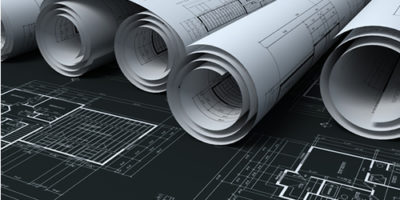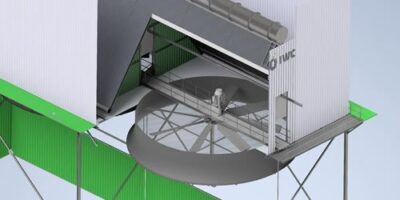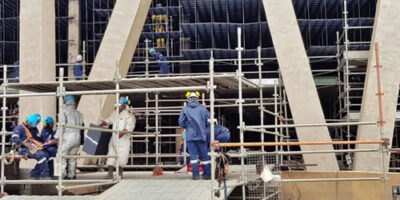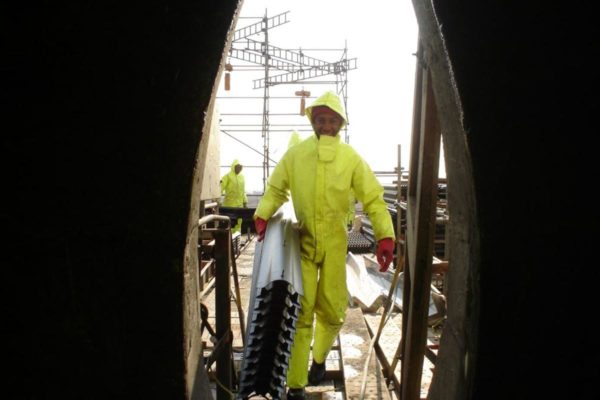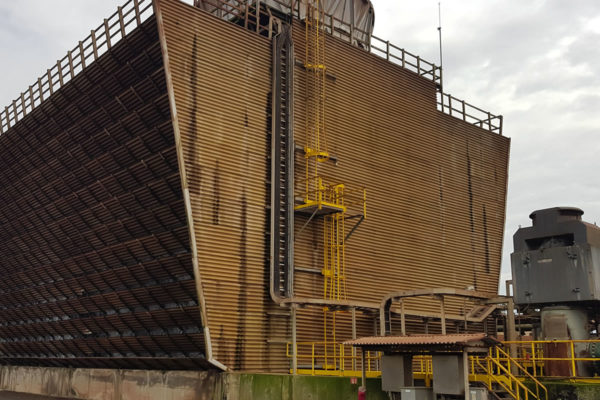Legionnaires’ disease masking as Covid… how to minimise the risk
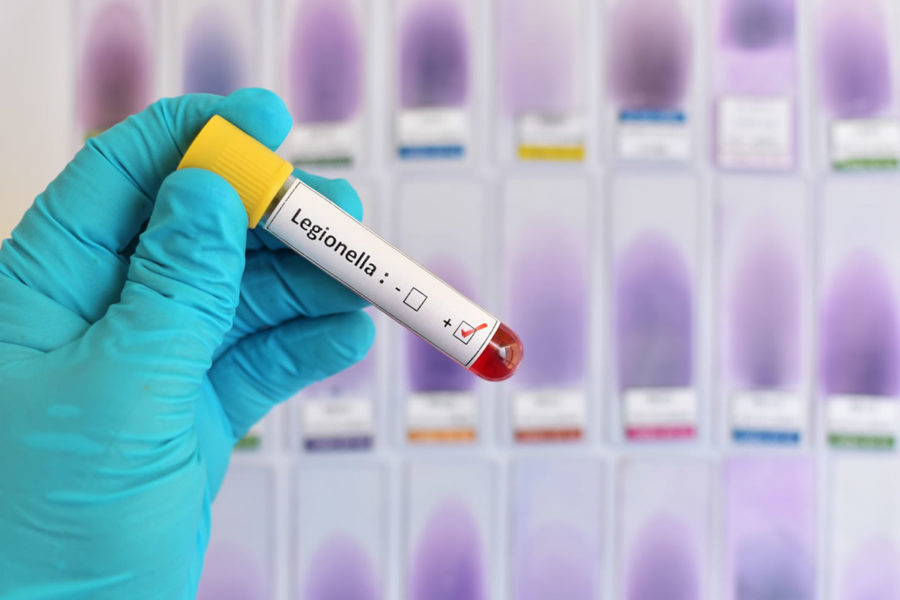
Legionnaires’ disease is an illness characterised by pneumonia that has a summer/early fall seasonality due to favourable conditions for Legionella growth and exposure. Legionella proliferate in warm water environments and natural water sources, such as rivers, lakes or cooling water systems and stagnant sections of indoor plumbing.
It has recently been established that Legionnaires’ disease has similar symptoms to the COVID virus and thus workers and healthcare providers should be on heightened alert. Due to the similarities in initial disease presentation, clinicians may repeatedly test for coronavirus disease 2019 (COVID-19) before recognising the need to test for Legionnaires’ disease.
As the pandemic crisis continues, exposures to aerosolized water and bacteria need be considered as an epidemiologic risk factor for Legionella exposure and an indication to test.
As many factories and plants were closed during lockdown, the chance of a build-up of sludge in storage vessels and possible dead legs in the piping systems is very possible. Regular cleaning, maintenance and disinfection of cooling systems and cooling towers, in particular are required and suggested. Examples of systems that are only intermittently moist, but which are able to support fungal growths, are cooling coils, condensate trays, drain lines, ducting near cooling coils and humidifier surfaces.
Further examples of such systems relevant to the built environment are cooling towers that are used for heat rejection. Other small industrial applications include dry cleaners, injection moulders, light industrial manufacturing companies including welding facilities, furnaces and steel manufactures, ice manufacturing, and breweries.
In the case of water cooling systems that make use of cooling towers to evaporatively cool recirculating water, the risk of disease can be minimized by the following these basic guidelines for Legionella contro:
- Careful attention to system design and construction features.
- Use of drift eliminators.
- Siting of towers away from building air intakes and populated areas and discharges from kitchen exhaust systems.
- Maintaining the system in a clean and sound condition.
- Controlling water quality from when water is introduced into the system.
- Monitoring towers and water condition.
Is your cooling tower at risk for Legionella?
Why not contact us today for a free needs assessment of your plant. Our team of resident engineers specialise in water cooling maintenance and cleaning and provide unparalleled advice and service to both users and operators of cooling towers and industrial cooling systems.
Our team can ensure that your systems are clean, properly designed, commissioned, operated and well maintained, by deploying appropriate water treatment techniques.

